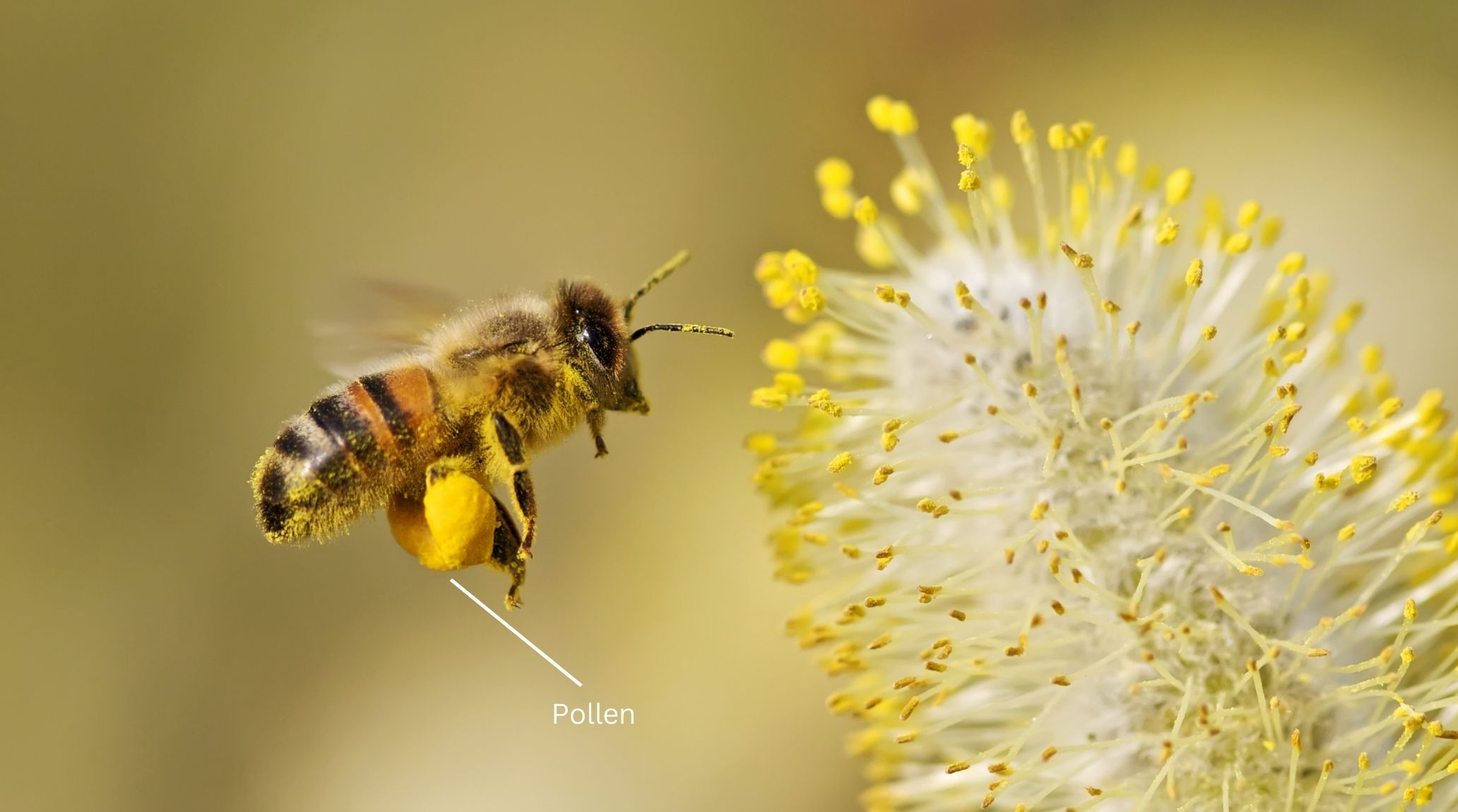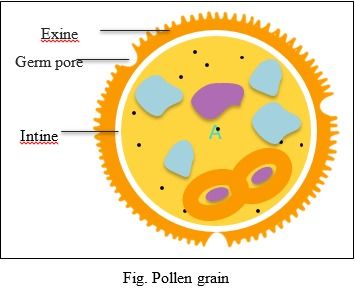
“
Pollen, a seemingly insignificant grain, holds incredible importance across various realms of life and science. From its essential role in plant reproduction to its influence on human health and its historical uses, pollen is a multifaceted component of nature. In this blog, we delve into 20 interesting facts about pollen, uncovering its diverse roles, surprising effects, and unique applications. Join us as we explore how this tiny substance makes a significant impact on ecosystems, agriculture, and even forensic science. Prepare to be amazed by the small but mighty world of pollen!1
1
”
Pollen, produced by the stamens of flowering plants, contains male gametes essential for fertilization. This tiny powdery substance is crucial for plant reproduction, facilitating the transfer of genetic material. 1
The pollen season is surprisingly lengthy, starting as early as January and continuing through November. This extended period can lead to prolonged allergy symptoms for those sensitive to pollen. 2

Pollen exists in a wide range of colors, from yellow and orange to purple, red, and even blue. These vibrant hues vary depending on the plant species, adding to the diversity and beauty of the natural world.
Climate change can lengthen pollen seasons and boost pollen production, worsening allergy symptoms and disrupting plant-pollinator relationships. This shift highlights the broader effects of climate change on health and ecosystems. 3
Fossilized pollen reveals clues about ancient climates and ecosystems, enabling scientists to reconstruct historical environments. Analyzing these grains helps researchers understand past climates and plant adaptations over millennia. 4
Bee pollen, collected by honeybees, is rich in nutrients such as proteins, vitamins, and antioxidants. It's consumed by humans for its health benefits, including boosting energy and supporting overall wellness. 5
The International Journal of Child Health and Human Development reports that high pollen levels can influence anxiety in individuals with recurrent mood disorders, such as bipolar disorder. 6
cats and dogs can also suffer from hay fever. If you suspect your pet has pollen allergies, visit our page on how pollen allergies affect both you and your pets to learn how to identify symptoms and provide relief. 7
Ancient Greeks and Egyptians used pollen for medicinal purposes and in religious rituals. Its historical significance reflects its role in early human culture and its perceived value in health and spirituality. 8
Understanding pollen dispersal helps improve crop yields and manage agricultural practices. By enhancing pollination efficiency, farmers can boost productivity and support the cultivation of diverse and healthy crops. 9
Spiderlings, though typically carnivorous, consume pollen as part of their diet. It's unclear how they manage this since their mouths are too small for conventional eating, making it a curious aspect of their early development.10
Pollen extracts are used in allergy immunotherapy to reduce sensitivity to allergens. This treatment helps desensitize patients and alleviate their allergic reactions over time, improving their quality of life. 11
Pollen, first observed in rocks over 120 million years old, plays a crucial role in plant reproduction. It is essential for natural selection, enabling fertilization and contributing to the evolutionary success and diversity of plant species over time.12

Each pollen grain has a protective outer layer called the exine, which is highly resistant to environmental factors. The exine’s structure is unique to each plant species, aiding in species identification.
Pollen is occasionally used in natural food coloring and flavoring, particularly in specialty products. Its use in food highlights its versatility and value beyond its role in plant reproduction. 13
Pollen quality directly affects honeybee health and productivity. Bees use pollen as a protein source, and its quality impacts hive maintenance and honey production, crucial for their survival and agriculture. 14
When pollen decomposes, it adds organic matter and nutrients to the soil, enhancing soil fertility. This process benefits plant growth and contributes to the overall health of ecosystems. 15
Pollen analysis, or palynology, is used in forensic science to link suspects to crime scenes. Palynologist Bryant J. Hightower utilized pollen to solve several high-profile criminal cases. 16
Air quality impacts hay fever symptoms. Urban areas may have lower pollen counts than rural ones, but pollen can combine with air pollution, intensifying allergic reactions. 17
John H. B. Barker studied the mechanisms of pollen-induced allergies in the 1970s. His research has improved the understanding of how pollen triggers allergic responses and how to manage them. 18


